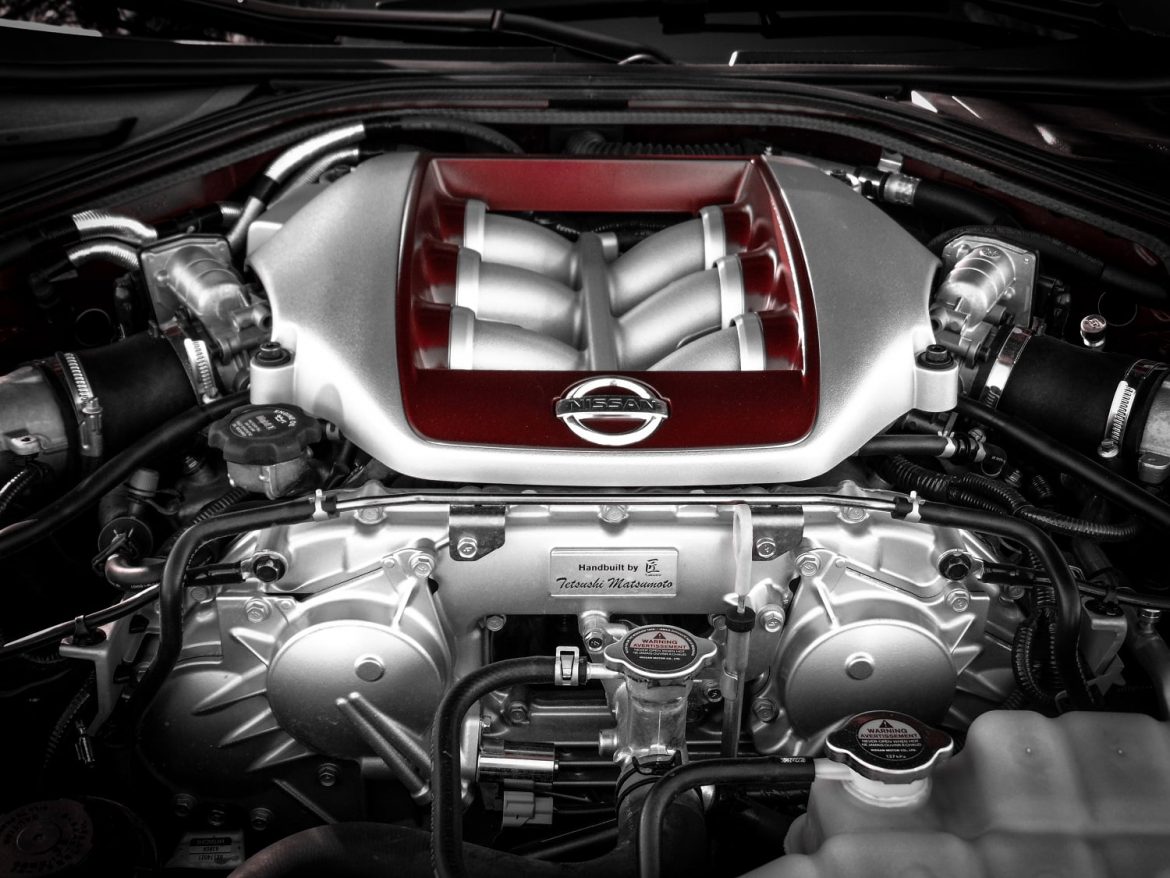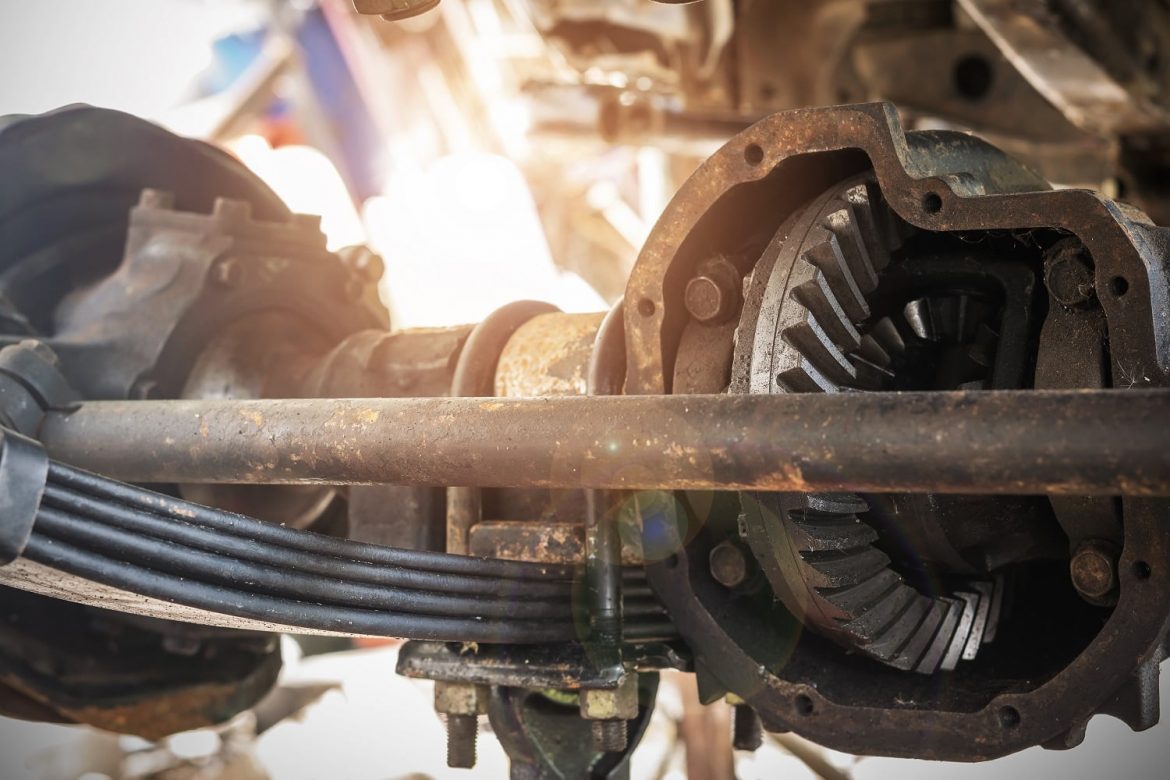If the heart is the engine of the human body, the engine is the heart of an automobile. It is the place in which air and gas are forced into a chamber and blown up in a process we call internal combustion, pistons to pump up and down inside cylinders, and the mechanics that move a car forward originate.
Everything else – the cooling system, the exhaust system, the cabin controls, the steering and transmission – is either in service to the engine or the result of its work.
The processes inside the engine might sound simple, but just as with the heart, it’s a complicated series of mechanisms. Talking about engine trouble is about as precise as talking about heart trouble.
Most motor vehicle engines comprise a pair of sections – the engine block and the cylinder head. (In a V8 engine, there are two-cylinder heads.) The block is steel or aluminum and includes the pistons, crankshaft, connecting rods, and other components. The cylinder head(s) include the spark plugs, intake and exhaust valves, valve springs and valve lifters (or tappets). The alternator is attached to the engine and is sometimes thought of as part of it.
Can a damaged engine be fixed?
Determining whether a damaged engine can be fixed is entirely a function of the element damaged and the extent and nature of the damage. Minor issues like oil or coolant leaks, bad spark plugs or a dirty carburetor, are often easily and inexpensively fixed. More severe damage, like a cracked engine block or cylinder head, blown head gasket or rear main seal, are cause for full-on replacement. They generally can’t be repaired. The one exception is any problem involving worn seals. In those cases, pouring a bottle of BlueDevil Head Gasket Sealer or Rear Main Sealer often repairs gaskets and seals and averts thousands of dollars in repair or replacement.
Engine repair cost
The cost of repairing an engine is difficult to pin down because it depends on the part that requires attention, the repair involved, the make and model of car, the engine repair shop used and more. Fixing an oil leak might cost a couple of hundred bucks, while rebuilding an engine is a major proposition costing several thousand dollars.
For some rough estimates, here are some guidelines:
- Basic Repairs: Simple repairs like replacing a spark plug, ignition coil, or small gasket might cost $100 to $500, including parts and labor.
- Medium Repairs: Repairing components like the water pump, alternator, or fuel injectors could range from $500 to $1,500, depending on the vehicle and the complexity of the repair.
- Major Repairs: Rebuilding a cylinder head, replacing a timing belt, or addressing issues related to the engine’s internal components might cost between $1,000 and $4,000.
- Extensive Repairs: If the engine requires a complete rebuild due to severe damage, costs could range from $4,000 to $7,000, depending on the vehicle.
Is it worth fixing a bad engine?
At this point, you already know the decision whether to fix a bad engine is dependent on what you mean by “fix,” “bad,” and “engine.” That is, the nature and extent of the repair, the part in question, and the cost of replacement are all considerations that will determine whether it makes sense to repair an engine or replace it.
Even with minor repairs, simple replacement may be warranted. For example, if an alternator wears out, it usually makes sense to swap in a new one because the labor required to repair one eliminates any savings from avoiding a new purchase. Alternator replacement runs about $800, give, or take a whole lot. A cracked engine block is a bear to repair. Welding or cold stitching an engine block requires immense skill and often leaves the block susceptible to future cracking, especially under temperature extremes. It usually is better to do a complete replacement. Then again, the $4,000-$7000 cost of a new engine may suggest it’s time to buy another car.
It is possible to purchase a less expensive engine replacement – either used, rebuilt, or remanufactured – for a fraction of the cost of a new one. A used engine might be $1,000 but it comes without much assurance of quality. In a rebuilt engine, worn parts are replaced and everything is reset to manufacturer’s tolerances. A remanufactured engine is like new. The latter two run closer to $2500 and come with multi-year warranties. Still, there is the issue of having the engine installed into the car, which adds another $1500, unless you own a lift and can do it yourself.
The decision to repair, go new, used, or rebuilt/remanufactured, or to just junk the car, depends on a variety of issues: the money you have for the repairs, the expected reliability and durability of the car after the engine repair/replacement, the cost and availability of replacement cars, and the car’s sentimental value to you.
How long does it take to fix an engine?
Replacing an engine is the same regardless of the vehicle or engine involved. Replacing an engine usually requires 10-12 hours of work at roughly $150 per hours, resulting in a bill of around $1,500-$1,800. If a repair shop tells you your engine replacement will take more than one day, that reflects the time it will take to order and receive a new engine and the jobs they have ahead of yours.
The time required for engine repair is a different matter. It can vary significantly based on the complexity of the problem and the availability of replacement parts. Simpler repairs, like the above-mentioned fluid leaks, fouled spark plugs and dirty carburetor, can be fixed in under an hour. Typically, a repair shop will work on it while you wait, or have you come back for it later in the day. More complex or extensive repairs, like repairing the engine block, replacing the cylinder head or replacing the head gasket, take a full day or more of actual work and will generally require a wait of several days.
If you’re committed to making this a DIY project, you will need to know how to fix a car engine step-by-step. This is a mammoth undertaking that requires an array of tools, the owner’s manual, a significant amount of knowledge about engines, and specific instructions for the engine in question. No one should take on this project lightly – or if they need the vehicle operational that week.
How do I know if my engine is beyond repair?
Engines are made to withstand incredible workloads over many years under the most extreme conditions. Their Herculean efforts endure wild temperature swings from freezing to boiling while driving pistons up and down literally tens of thousands of times. They harbor numerous explosions each minute while ferrying oil and other liquids within and around their parts. That an engine can last for decades and continue to perform is a miracle of engineering.
Engines can break and can’t be put back together, like Humpty Dumpty, regardless of the size of the crown’s cavalry. As mentioned previously, there may be reasons you choose to replace the engine even if it can technically be repaired. But sometimes the engine just needs to be junked. Here are the most common signs your engine is beyond repair.
- It overheats repeatedly – When an engine overheats, there are several steps you can take to prevent a repeat – for example, address issues with the coolant, radiator, seals and gaskets and water pump. Once these systems are working normally, if the engine temperature still can’t be regulated, there is a real problem with the engine that probably can’t be repaired. An engine that can’t handle the heat is like a polar bear that can’t handle the cold.
- Metal shavings in the motor oil – oil flows through the engine to lubricate and cool engine parts. As it does, it is normal for it to pick up dirt and grime. But metal slivers are a sign that the engine is disintegrating or that components are scraping each other despite the lubrication. It’s a sign that the engine’s days are numbered.
- Relentless knocking – Knocking is caused by metal parts banging against each other and causing irreparable damage. It’s a bad sign in the best of circumstances, but if it persists, the engine is once again on life support.
- A gradual reduction in power – like an elderly person slowing down in their old age, engines at the end of their lives lose their ability to generate power. When this is the temporary result of something simple to fix, like a dirty air filter, it’s no big deal. An engine that suffers power loss without small, temporary issues is likely presenting cracks or softness in its metal components. It’s not getting any more accommodating under that hood so once this happens it’s close to the end.
Our car’s engines transport us hither and yon for hundreds of thousands of miles. Treating them with TLC by doing indicated preventative maintenance and repairing issues promptly is the least we can do in return.
BlueDevil Products can be found on Amazon.com or at AutoZone, Advance Auto Parts, O’Reilly Auto Parts, NAPA, and other major auto parts retailers.
Related Articles
Search Blog
Subscribe
Blog Categories



